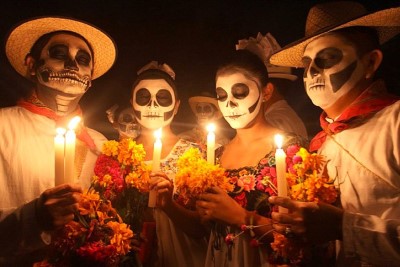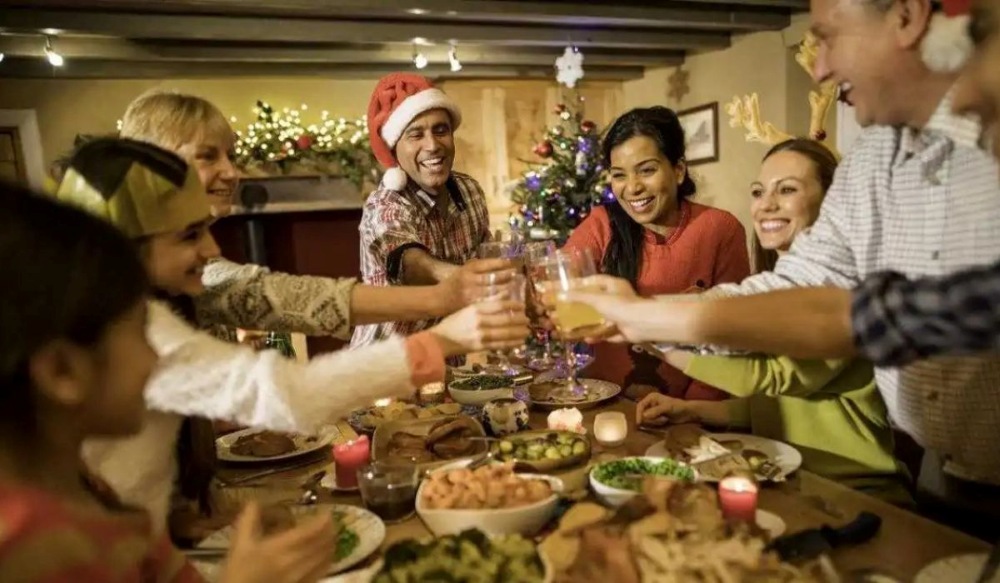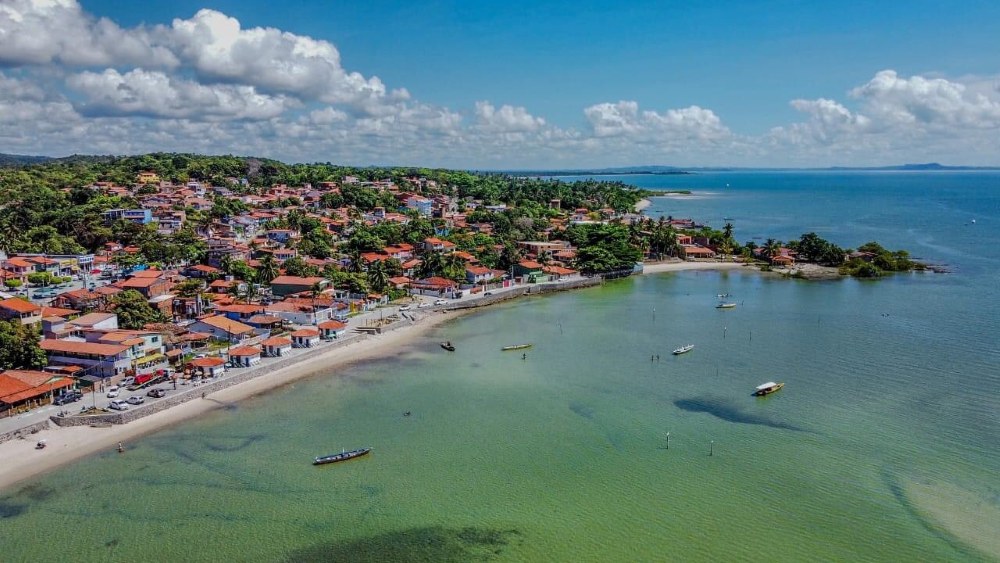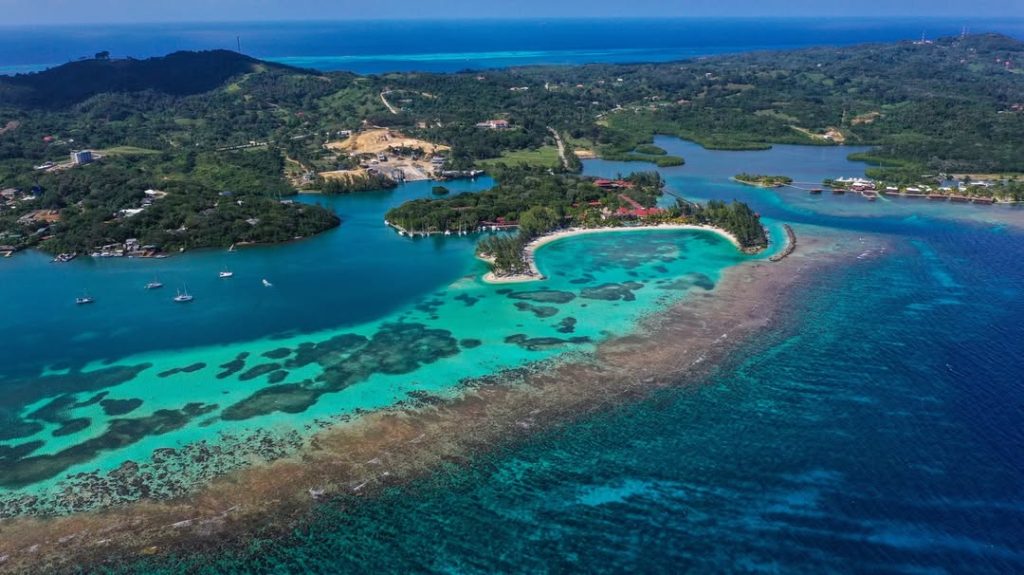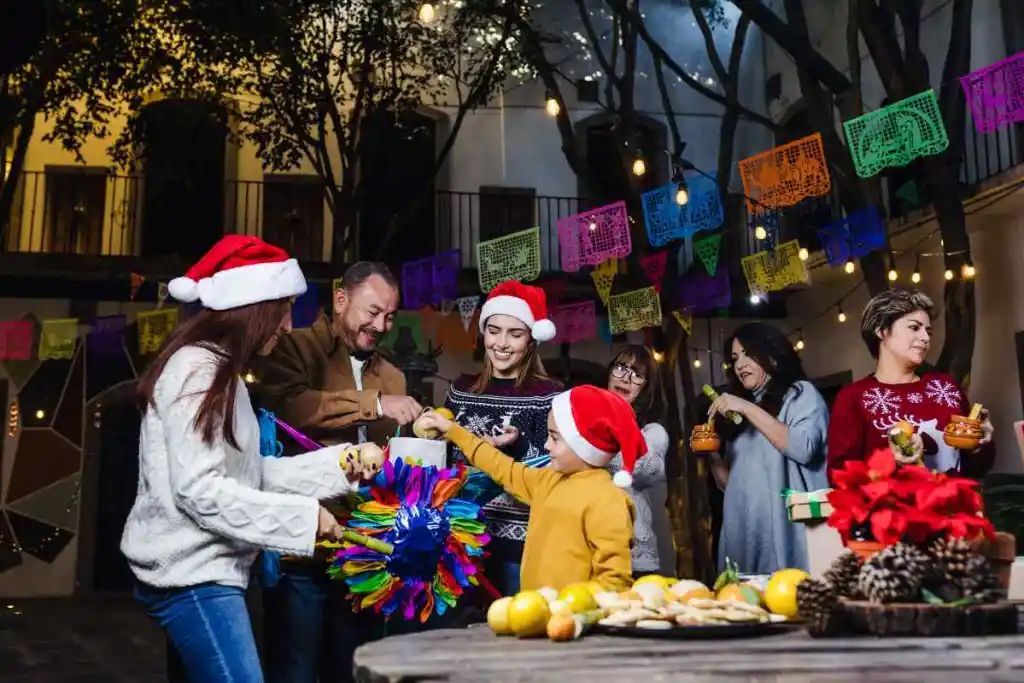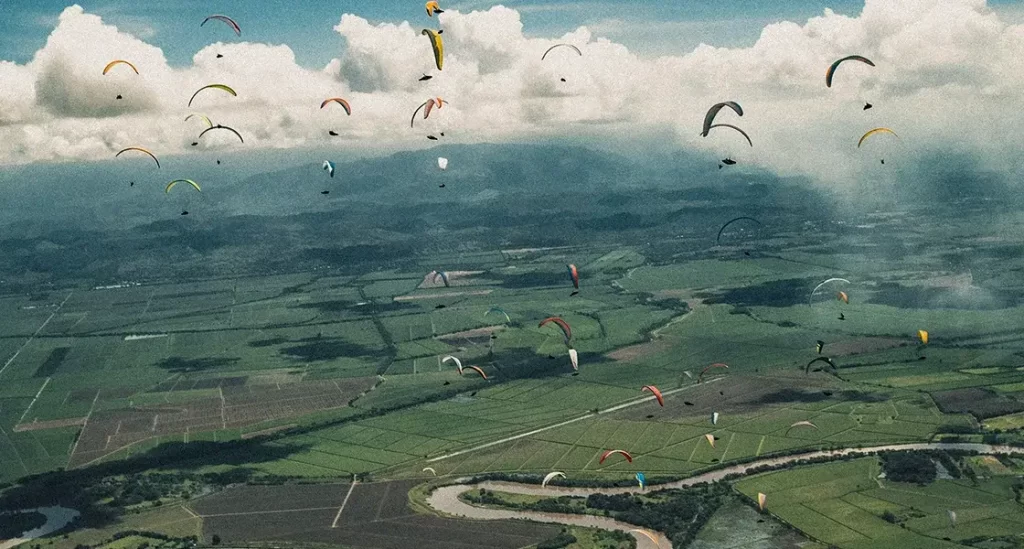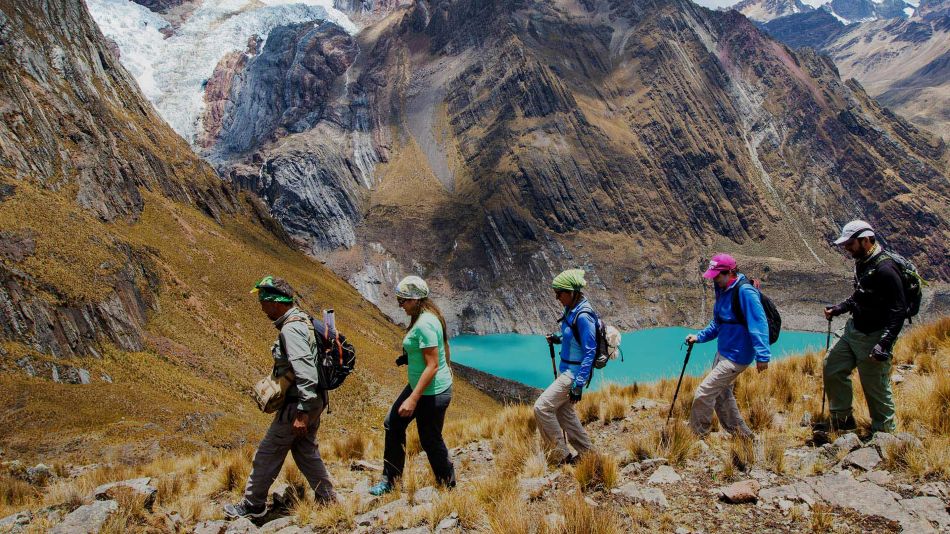The Day of the Dead, or ‘Día de los Muertos’ in Spanish, is one of Mexico‘s most emblematic and colourful traditions, celebrated mainly on 1 and 2 November. This festival, which combines pre-Hispanic elements with Catholic traditions introduced by the Spanish, is a celebration of life as well as the memory of the dead. Far from being a sombre occasion, it is a festive, family-friendly and deeply spiritual moment, rich in colour, flavour and symbolism.
Origins and significance
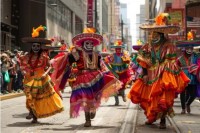
The Day of the Dead has its roots in the beliefs of indigenous civilisations such as the Aztecs, who celebrated the dead during the month of Miccailhuitontli (August), guided by the goddess Mictecacihuatl, Lady of the Dead. Today, it symbolises a unique blend of these ancestral traditions and Christian influences, offering a particular perspective on the cycle of life and death, seen not as an end but as a natural continuation of existence.
The celebrations
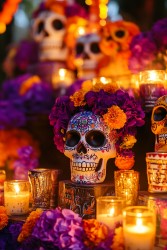
During ‘Día de los Muertos’, Mexican families gather to decorate the graves of their loved ones with bright orange ‘marigold’ flowers, known as ‘cempasúchil’, and to light candles to guide the souls of the deceased back to their homes. Altars, or ‘ofrendas’, play a central role in these festivities. They are decorated with photos, favourite foods and drinks of the departed, paper cut-outs and ‘calaveras’ (skulls), often made of sugar.
Modernity and tradition

Over time, the Day of the Dead has gained in popularity and visibility around the world, particularly through representations in the arts and media, such as the animated film ‘Coco’. This modernisation has helped to strengthen traditions while making them accessible to a global audience, thereby promoting Mexico’s cultural richness.
Iconic places to celebrate
- Mexico City: The Day of the Dead parade transforms the capital into a carnival of colour and sound, with grandiose altars erected on the Zócalo, where thousands of people gather to celebrate.
- Oaxaca: Renowned for its authentic celebrations, Oaxaca sees its cemeteries transformed into brightly-lit festivities, where families stay up all night, surrounded by candles, flowers and music.
- Michoacán: On the island of Janitzio, boat processions and traditional songs create a moving atmosphere, reflecting the ancestral beliefs of the Purépecha community.
- Aguascalientes: The Festival de Calaveras pays tribute to the popular character ‘La Catrina’ and its creator, José Guadalupe Posada, with art exhibitions, street performances and a lively market, capturing the spirit of the festival.
- Yucatán: The Hanal Pixán celebrates the dead with ornate altars and traditional Mayan meals, immersing visitors in a tradition rich in stories and flavours.
Gastronomy of the Festival
Gastronomy plays a crucial role in the celebrations, with specific dishes prepared and eaten during these days. Tamales, moles and hot chocolates are often served, with each family preparing recipes handed down from generation to generation.
The Day of the Dead remains a deeply rooted tradition in Mexico’s social fabric, offering a unique window on the country’s values and its ability to celebrate life through death. It continues to fascinate and inspire, bearing witness to how a culture can embrace death with respect, love and joy.

